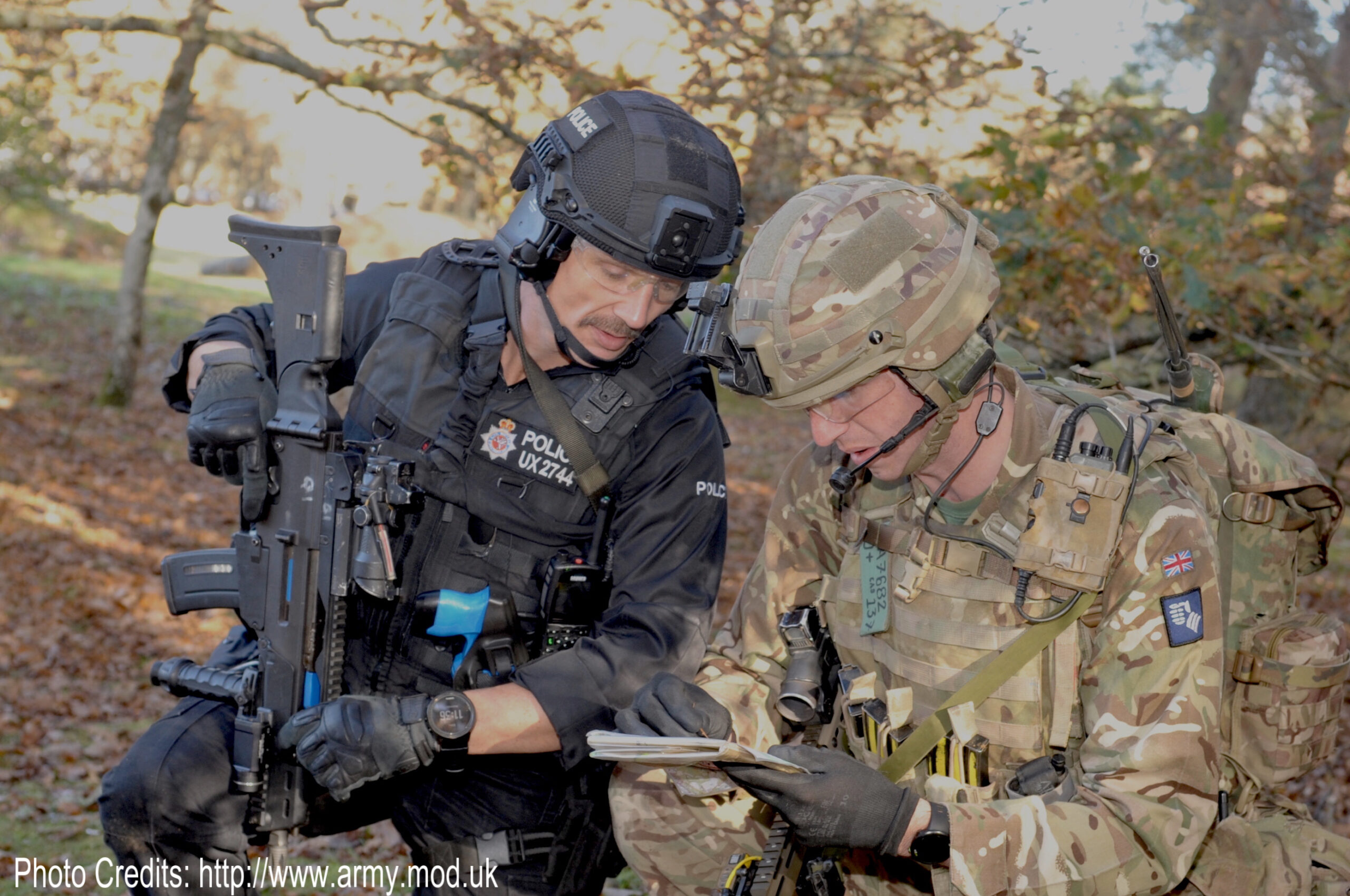May 10, 2012
Combination between personality disorder and online expressions of right wing extremism can be deadly. Ulf Åsgård, a psychiatrist and expert on criminal profiling, clams that the trial against the suspected serial shooter in Malmö, Peter Mangs, demonstrates this point well. He also warns of more of such crimes to come. “You can only press a button and there it is, a deep culture of hatred. Persons who have a disorder are especially susceptible for the rampant propaganda out there”.
The trial against Peter Mangs begins on Monday and concerns three murders and up to 29 attempt of murder. For the victims and their families the trial is an opportunity to find out, why? Mangs denies the charges and does not talk much about the motive. However, both Ulf Åsgård and Daniel Poohl (chief editor of Expo Magazine – an anti-rasist organization (http://expo.se/2010/about-expo_3514.html)) are of the opinion that the attacks are marked by racist motives. One such sign is Mangs’ extensive reading of racist newspapers and online propaganda. Daniel Poohl says that “there is a grave risk with such an aggressive argumentative tone where people (e.g. immigrants) are targeted”. He also points out that Mangs’ hate is probably not produced by the strongly conspiratorial and racist sites he visited, but in all likelihood that such sites have only confirmed his beliefs.
Daniel argues that ”in order for someone to get stuck in the extremist ideas it is required that a person experiences an event which confirms his (racist) world view. Mangs told of his negative views of immigrants (started) when he was as young as five, when he was pushed. The websites give a person a pat on the shoulder (for enduring hardships with immigrants) and thereby risk to radicalize individuals who already have that world view”. He further describes the mood on the online right-wing forums as aggressive, uncompromising and inciting. “When people discuss political opponents or immigrants the tone can be extremely hard and hateful, even with encouragements to murder and abuse. Clearly, the risks are higher of someone taking on the challenge (of doing so)”, he explains.
Ulf Åsgård claims that the hateful tone by itself does not lead to violence; however in combination with empathic personal disorder this can be dangerous. “For instance, even an ordinary individual can have opinions on parts of Islam without having to turn to violence for that. However, this type of perpetrator has particular fragility which makes propaganda easily absorbed”.
Does this mean that there is a risk of more of such deeds being committed the more of the propaganda is spread?
Åsgard answers, ”it is possible that the online propaganda has already caught those who are fragile and who turn to crime. All of them, however, have not committed those criminal acts yet, but they will.
Both Åsgard and Poohl draw parallels between Mangs and the Norwegian terrorist Anders Behring Breivik, who had written a large manuscript drawing heavily from the (extreme-right) online forums.
But there are differences between the two, Poohl argues: “Breivik sees himself as a part of a political struggle, as a soldier. Peter Mangs seems more of a lone wolf who wants to do away with the criminals and immigrants in the city where he lives”.
Signed: Andreas Rolfer






